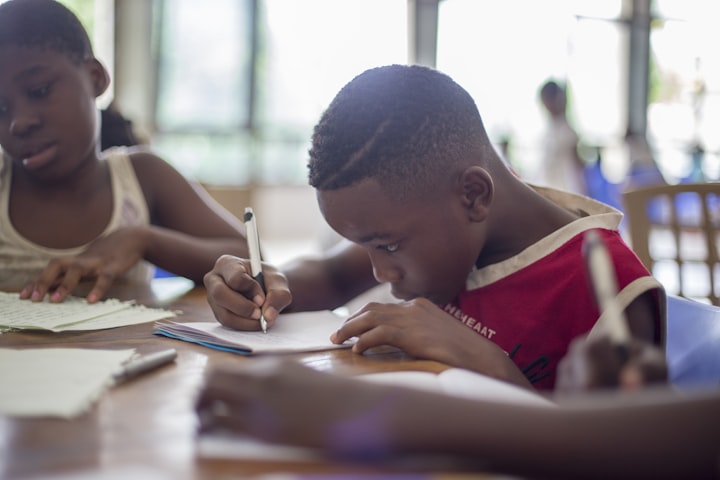
Education is an ever-evolving field, and as we move forward into the next few years, we can expect to see a number of new and exciting trends emerge. From virtual and augmented reality to personalized learning, the education landscape is shifting to meet the needs of students in the 21st century. Here are ten popular trends in education that are expected to shape the field from 2023 to 2025:
Virtual and augmented reality in the classroom: Virtual and augmented reality technology has come a long way in recent years, and it's now more accessible than ever before. This technology is being used to create immersive, interactive environments that allow students to explore new concepts and ideas in a more engaging way. For example, students can visit historical sites or explore the human body in a virtual environment. This technology can also be used to create simulations and virtual labs, making it easier for students to understand complex concepts.
Personalized learning: With the use of technology, education is moving towards a more personalized approach, where students are able to learn at their own pace and on their own schedule. This allows for a more tailored approach to education, where students can focus on their individual strengths and weaknesses. Personalized learning can take many forms, such as adaptive learning software or individualized lesson plans. By providing students with a personalized learning experience, they are more likely to stay engaged and motivated to learn.
Blended learning: Blended learning combines traditional classroom instruction with online learning, providing students with a more flexible and dynamic learning experience. This allows for a balance between in-person and online instruction, making it easier to adapt to different learning styles. For example, some students may prefer the structure and face-to-face interaction of traditional classroom instruction, while others may find online learning more convenient. Blended learning can also include the use of video conferencing and other digital tools to connect with students who are unable to attend in-person classes.
Gamification of education: The use of game-like elements in the classroom, such as rewards and challenges, is becoming more popular as a way to engage students and make learning more fun. By incorporating elements of gaming, such as points, badges, and leaderboards, students are more likely to stay motivated and engaged in the learning process. Gamification can also be used to encourage healthy competition among students, which can lead to increased motivation and engagement.
Artificial intelligence in education: AI is being used to create personalized learning experiences, grade assignments, and provide feedback to students. This allows for a more efficient and effective way of teaching, as well as a more individualized approach to education. For example, AI can be used to track student progress and provide personalized feedback, or to create personalized lesson plans based on student performance. AI can also be used to create chatbots that can answer student questions and provide support.
Microlearning: Short, focused learning sessions that can be completed in small chunks of time, such as during a break or a commute. This allows for more efficient use of time and makes it easier for students to fit learning into their busy schedules. Microlearning can take many forms, such as short videos, quizzes, or interactive exercises. By breaking down learning into smaller chunks, students are more likely to retain the information and apply it to real-world situations.
STEM education: The emphasis on science, technology, engineering, and math education is growing as these fields become increasingly important in the workforce. By prioritizing STEM education, students will be better prepared for the jobs of the future. STEM education can take many forms, such as coding classes, robotics clubs, or science competitions. By providing students with hands-on learning experiences in STEM subjects, they are





Comments
There are no comments for this story
Be the first to respond and start the conversation.